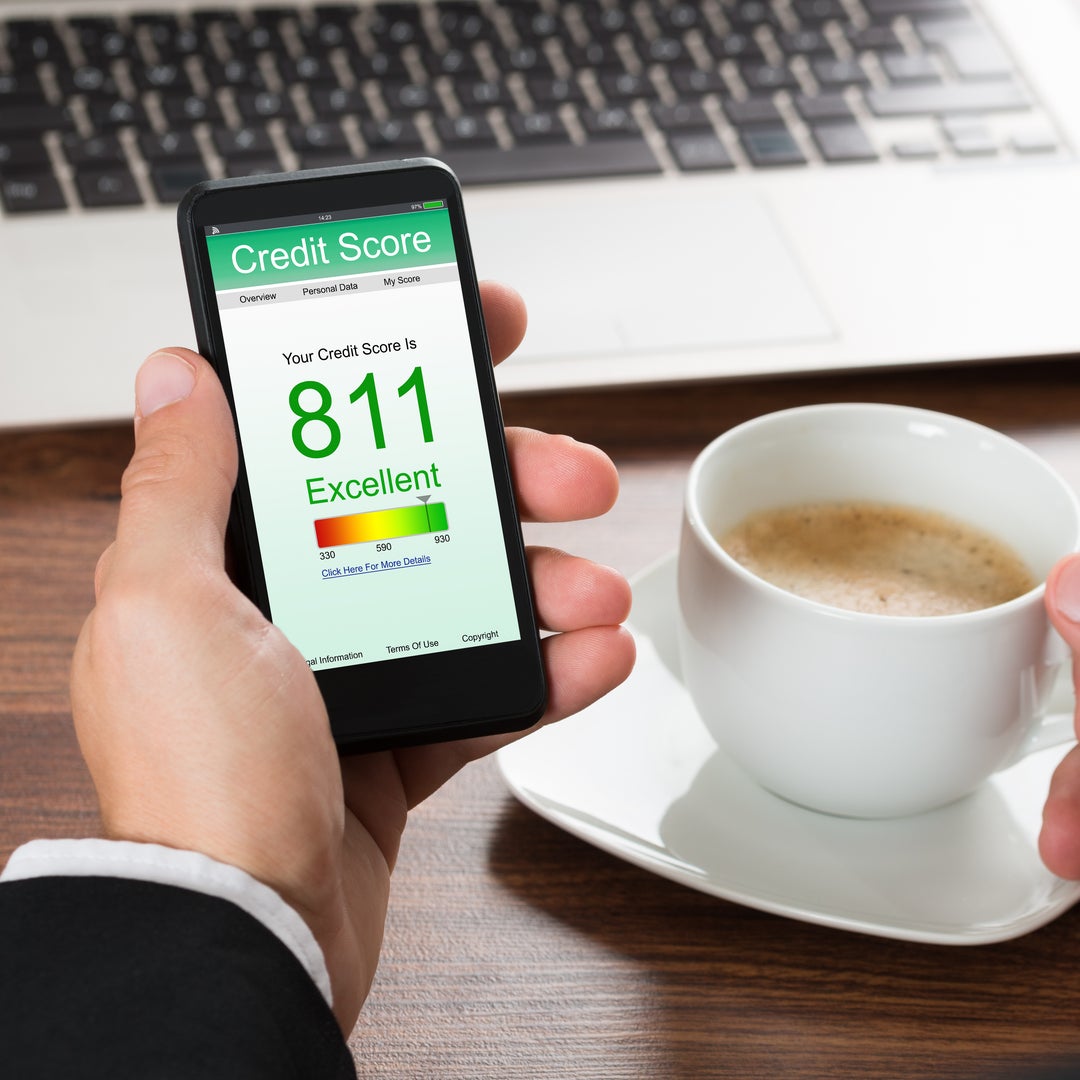How to Get a Credit Score Over 800 in 4 Steps

Credit scores range from 300 to 850, and to qualify for the best rate on a credit card, auto loan, mortgage, or other debt, you typically need a high credit score of at least 720 to 760. Having a credit score above 800 points is classified as a “great” score per scoring algorithms. That elite status allows easier access to bonus rewards cards, low-interest loans, and worry-free apartment hunting.
Most lenders use credit scoring formulas from Fair Isaac Corporation, aka FICO. Your FICO score is based on factors like your payment history, types of credit, how often you apply for new credit, and your credit utilization, which is the amount of credit you’re using divided by the amount of credit you have available. That data comes from the three major credit bureaus: Experian, TransUnion, and Equifax.
If that all sounds intimidating and confusing, don’t worry! There’s actually a shockingly simple system you can use to improve your credit score. Here’s how it works:
1. Commit to paying down your debt
The good news is that you don’t have to be debt-free to improve your credit score. However, you should commit to paying down your credit card debt and figure out a repayment strategy you can stick with. Credit cards have some of the highest interest rates overall, so it’s a good idea to wipe out as much of your credit card debt as you can, even if you’re not worried about your credit score.
Reducing your debt helps improve your credit utilization, because your balance represents a smaller share of your available credit. “Paying down your balance is the best thing any cardholder can do to move their credit score from ‘good’ to ‘great,’” said Matt Schulz, chief credit analyst at LendingTree. Ideally, keep your utilization ratio to no more than 30% of your available balance. People with the highest scores tend to keep their ratio below 10%.
Even after you have zeroed out your balances, keep your old credit cards open. Why? Credit score algorithms factor in the length of your credit history, so an older card in good standing helps you. Plus, having that unused credit line can keep your utilization ratio low.
2. Start using your credit cards like a debit card
While you should avoid using a credit card for large, extravagant purchases you can’t otherwise afford, it can make sense to use credit cards for everyday purchases like groceries, gas, bills, and subscriptions. If you’re still paying down debt, do this on a separate card so you can avoid carrying a balance.
How can this spending swap benefit your score? It prevents card issuers from closing cards or reducing credit limits due to inactivity. And when you pay off your balance each month (more on that in Step 4), it shows you can use credit responsibly.
3. Set up automatic payments
This is the most important step in the process. Missing just one single payment can ding your credit score and incur interest, so set up automatic payments to ensure your credit card bill, student loans, and other debts are paid on time. Once you’ve set up your automatic payments, double check that they’re scheduled correctly and on time. Once you’ve double-checked, triple check.
Your payment history is the biggest score influence, accounting for 35%. So paying your bills on time is a huge help, even if you’re not able to pay your balance in full.
It’s also smart to check your credit report to make sure it accurately reflects your good behavior. About 1 in 5 consumers has an error on their report, according to the Federal Trade Commission. You can get a copy of your report at AnnualCreditReport.com.
4. Pay off your full credit card balance each billing cycle
Set up your automatic payments to pay off the entire balance each billing cycle. If you use your credit card in place of your debit card, you should only be spending whatever amount you know you can pay off each month.
While it can be painful to see your checking account pay out hundreds or thousands of dollars at the end of each month, remember that it’s money you would be spending anyway, just in smaller, more frequent increments.
“Queer Eye” star Bobby Berk used a twist on this step to boost his credit score by 150 points, “from the low 700s to 840 or 845.” Berk sets his automatic payments to zero out his balance a few days before the statement period closing.
“I went from looking like I maxed my card out every month, even though I paid it off, to only using 10% of my debt to credit ratio, which is a massive part of your score,” he said.
That’s it, that’s the whole trick. Your credit score should begin improving quickly, and before you know it, you’ll be eligible for better rates and great rewards cards. With an 800 credit score, you can use your rewards cards for first class flight upgrades, free hotel rooms, and cash back on groceries and subscriptions. Even better, you can get these great perks without paying a dollar in interest.
This material has been presented for informational and educational purposes only. The views expressed in the articles above are generalized and may not be appropriate for all investors. The information contained in this article should not be construed as, and may not be used in connection with, an offer to sell, or a solicitation of an offer to buy or hold, an interest in any security or investment product. There is no guarantee that past performance will recur or result in a positive outcome. Carefully consider your financial situation, including investment objective, time horizon, risk tolerance, and fees prior to making any investment decisions. No level of diversification or asset allocation can ensure profits or guarantee against losses. Article contributors are not affiliated with Acorns Advisers, LLC. and do not provide investment advice to Acorns’ clients. Acorns is not engaged in rendering tax, legal or accounting advice. Please consult a qualified professional for this type of service.








